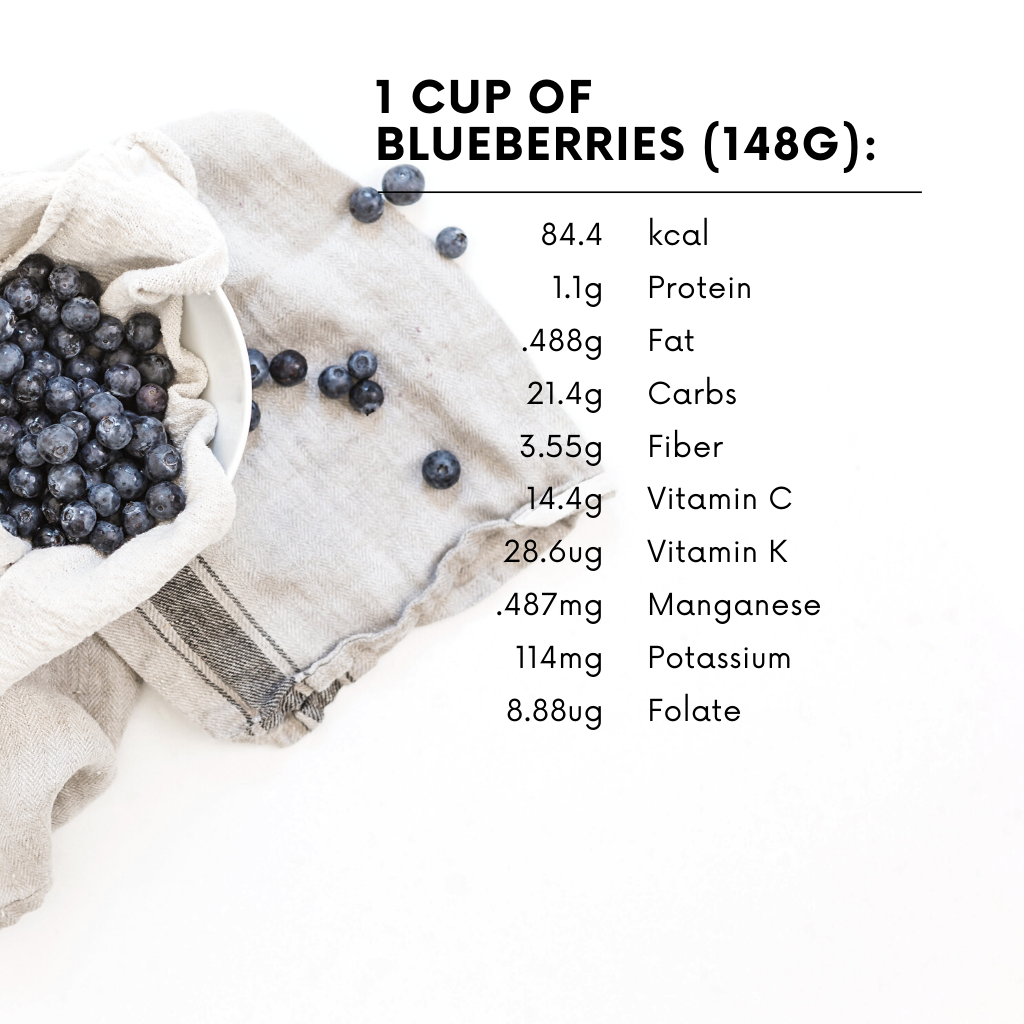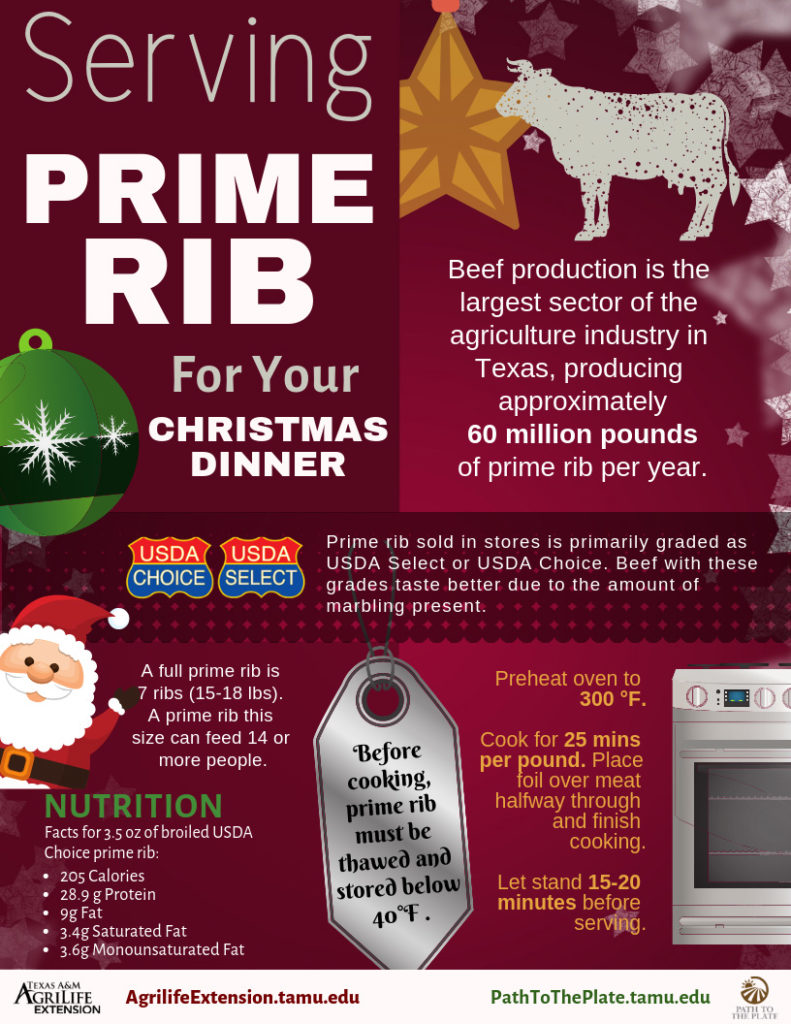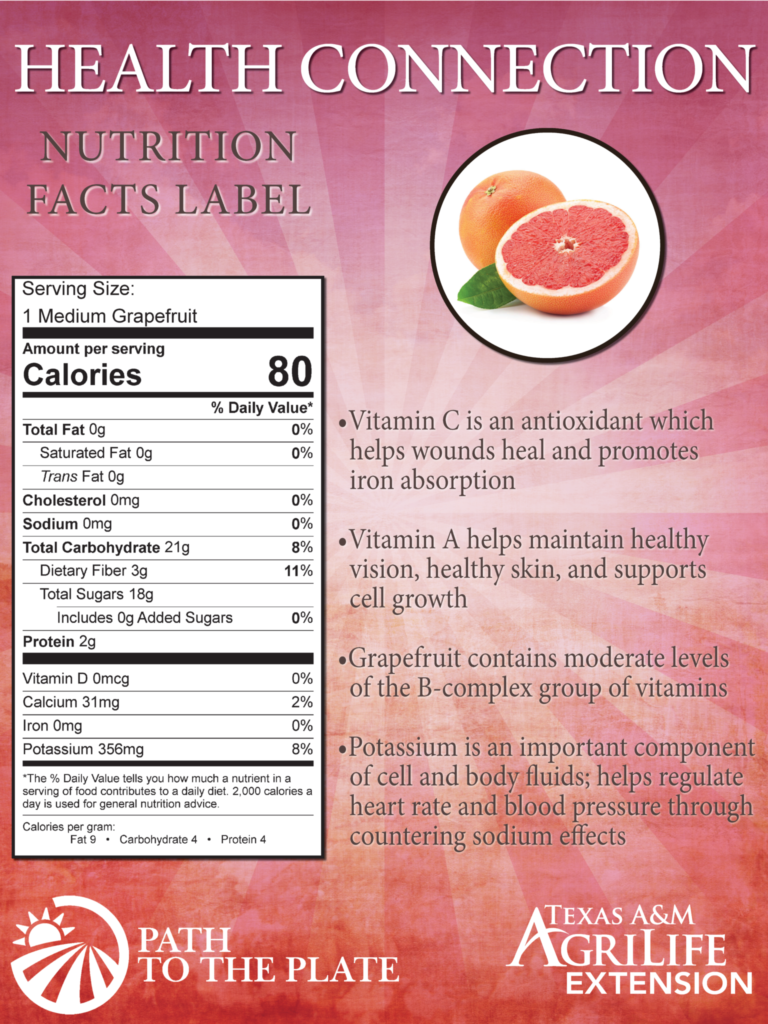Avocados are synonymous with guacamole and Tex-Mex cuisine and are a staple in the Texan diet. For as good as they are in our favorite dishes, did you know that avocados are full of vitamins, minerals and healthy fats? The flesh of an avocado is about 15 percent oil or fat, and the majority is in the healthy, monounsaturated form. Avocados have been known to lower cholesterol and can prevent certain forms of oral cancer. Avocados are also a great source of dietary fiber, potassium and folate.
Mexico leads world production of avocados, producing over 1 million metric tons annually. The United States follows in worldwide production, with California, Florida and Hawaii being the top producing states. Avocados are picked when at a green, but mature state avocados ripen to a dark brown color. You can tell an avocado is ripe and ready to eat when it is soft to the touch without being mushy.
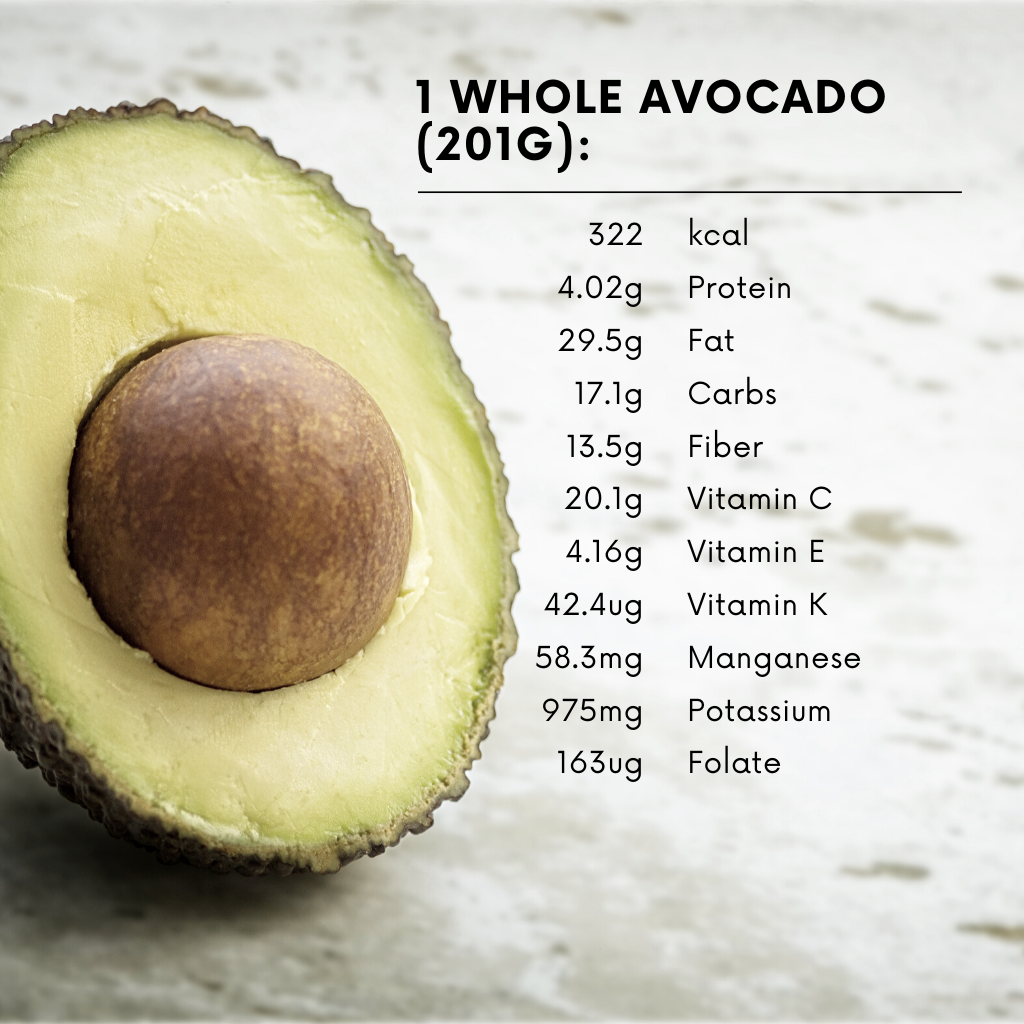
AgriLife Extension’s Dinner Tonight has an array of great recipes using avocados, including Avocado Mandarin Tossed Salad, California Chicken Pasta, Southwest Bean Burritos, and even a recipe for Banana Chocolate Pudding that includes avocados! For more creative and delicious recipes using avocados and other wholesome ingredients, visit dinnertonight.tamu.edu/.
